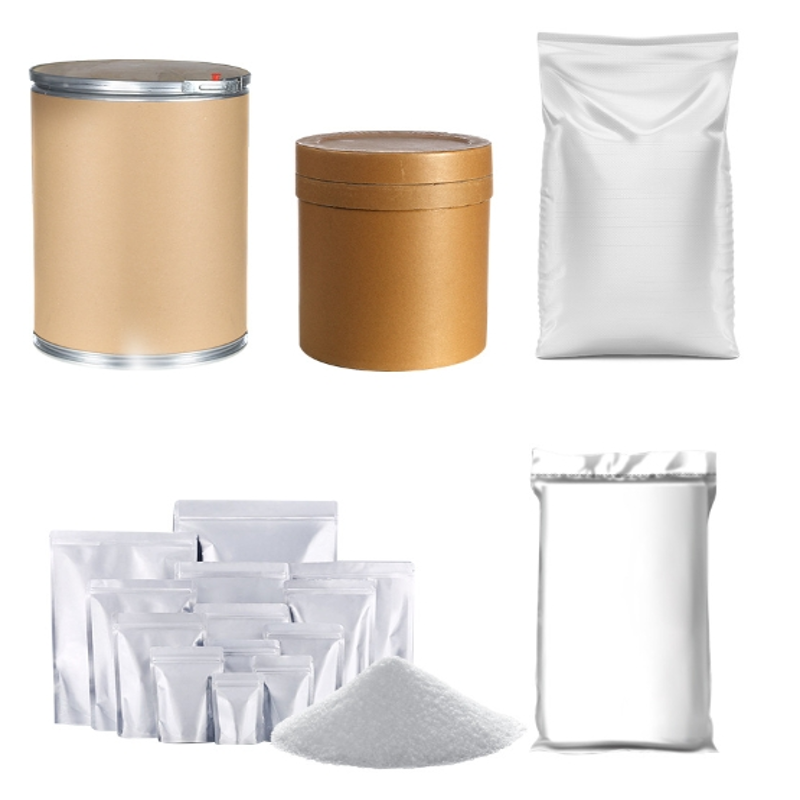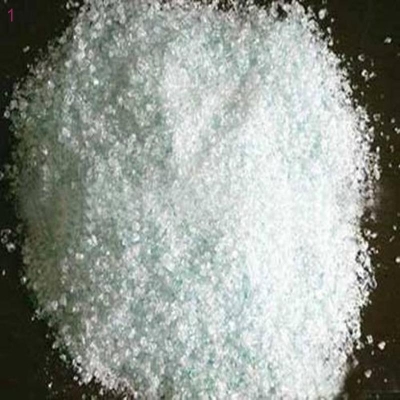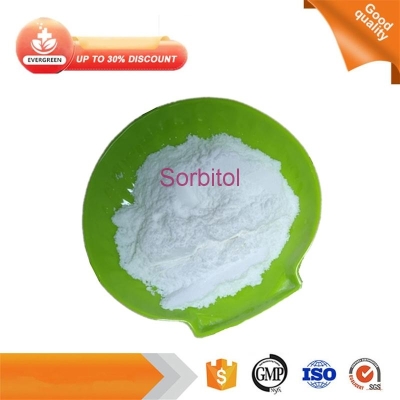-
Categories
-
Pharmaceutical Intermediates
-
Active Pharmaceutical Ingredients
-
Food Additives
- Industrial Coatings
- Agrochemicals
- Dyes and Pigments
- Surfactant
- Flavors and Fragrances
- Chemical Reagents
- Catalyst and Auxiliary
- Natural Products
- Inorganic Chemistry
-
Organic Chemistry
-
Biochemical Engineering
- Analytical Chemistry
- Cosmetic Ingredient
-
Pharmaceutical Intermediates
Promotion
ECHEMI Mall
Wholesale
Weekly Price
Exhibition
News
-
Trade Service
Benign prostatic hyperplasia (BPH) is the most common cause of dysuria in elderly men.
Enlarged glands can cause bladder outlet obstruction (BOO), which can lead to complications such as lower urinary tract symptoms, urinary retention, and renal impairment1.
When a BPH patient develops BOO, what should we do? 01 Early diagnosis can remove obstruction as soon as possible.
The gold standard for BOO diagnosis is urodynamic examination, but the examination is somewhat traumatic, the subject is relatively painful, and the cost of the examination is high, and it is difficult for primary medical institutions to carry out it.
The method for predicting BOO by measuring the prostate's intravesical penetration height (IPP) is simple, convenient, fast, non-invasive, low-cost for patients, painless, and easy to accept both physically and psychologically, and suitable for clinical development.
IPP can be used as a supplementary method to diagnose BOO in addition to urodynamic tests2.
However, IPP, as an anatomical parameter, cannot replace urodynamic testing.
For more complicated cases, especially those suspected of bladder detrusor weakness, or for small prostates with severe obstructive symptoms and functional BOO patients The evaluation needs further urodynamic examination to be clarified2.
What is the "magic weapon" of 02BOO treatment? α1 receptor blockers are the first choice for relieving symptoms of lower urinary tract.
They are the most commonly used type of drugs for the treatment of BPH.
They mainly block the adrenergic receptors distributed on the smooth muscle of the bladder neck and the surface of the prostate, relax the smooth muscles and relieve the symptoms.
Dynamic bladder outlet obstruction, relieve lower urinary tract symptoms, long-term use of α1 receptor blockers can maintain a stable therapeutic effect3.
Serodosin is a new type of highly selective α1 receptor blocker, and its affinity with α1A receptor is higher than that of α1B receptor and α1D receptor4.
Studies have shown that the binding rate of xylodosin to α1A receptor is 162 times higher than that of α1B receptor5.
Moreover, the selectivity of xerodoxine to prostate tissue is significantly higher than that of blood vessels, which means that xerodoxine has the potential to significantly relax the smooth muscle of the lower urinary tract and has less adverse effects on blood pressure and cardiovascular effects.
By blocking the binding of α1A adrenergic receptors and norepinephrine, Serodosin relaxes the smooth muscles of the bladder and prostate, relieves bladder outlet dynamic obstruction, and effectively improves lower urinary tract symptoms caused by BPH4.
03 Summary As my country gradually enters an aging society, the incidence of BOO will increase year by year, and the lower urinary tract symptoms caused will have a serious impact on the quality of life of patients.
Serodosin treatment of BOO and related lower urinary tract symptoms can improve the patient's nocturia symptoms and sleep quality.
At the same time, the incidence of adverse reactions is low, the cardiovascular tolerance is good, the effect is excellent, and it is trustworthy 4! References 1.
Yang Zhanpo, et al.
Research progress on the relationship between the degree of prostate protrusion into the bladder and bladder outlet obstruction in benign prostatic hyperplasia[J].
Journal of Modern Urology.
2017;22(6):478-480.
2.
The relationship between bladder height and bladder outlet obstruction[J].
China Health Care and Nutrition.
2019;29(1):368-369.
3.
Pan Junjie.
Overview of the application of α-receptor blockers in urinary andrology diseases[J].
Journal of Science.
2017;31(6):63-65.
4.
Na Yanqun.
The clinical application of a new and highly selective α1A-adrenergic receptor blocker serodosin in the treatment of benign prostatic hyperplasia[J].
Journal of Clinical Drug Therapy .
2015;13(2):24-28.
5.
Tatemichi S, et al.
Alpha 1-adrenoceptor subtype selectivity and organ specificity of silodosin KMD-3213.
Yakugaku Zasshi.
2006; 126:209-216.
Enlarged glands can cause bladder outlet obstruction (BOO), which can lead to complications such as lower urinary tract symptoms, urinary retention, and renal impairment1.
When a BPH patient develops BOO, what should we do? 01 Early diagnosis can remove obstruction as soon as possible.
The gold standard for BOO diagnosis is urodynamic examination, but the examination is somewhat traumatic, the subject is relatively painful, and the cost of the examination is high, and it is difficult for primary medical institutions to carry out it.
The method for predicting BOO by measuring the prostate's intravesical penetration height (IPP) is simple, convenient, fast, non-invasive, low-cost for patients, painless, and easy to accept both physically and psychologically, and suitable for clinical development.
IPP can be used as a supplementary method to diagnose BOO in addition to urodynamic tests2.
However, IPP, as an anatomical parameter, cannot replace urodynamic testing.
For more complicated cases, especially those suspected of bladder detrusor weakness, or for small prostates with severe obstructive symptoms and functional BOO patients The evaluation needs further urodynamic examination to be clarified2.
What is the "magic weapon" of 02BOO treatment? α1 receptor blockers are the first choice for relieving symptoms of lower urinary tract.
They are the most commonly used type of drugs for the treatment of BPH.
They mainly block the adrenergic receptors distributed on the smooth muscle of the bladder neck and the surface of the prostate, relax the smooth muscles and relieve the symptoms.
Dynamic bladder outlet obstruction, relieve lower urinary tract symptoms, long-term use of α1 receptor blockers can maintain a stable therapeutic effect3.
Serodosin is a new type of highly selective α1 receptor blocker, and its affinity with α1A receptor is higher than that of α1B receptor and α1D receptor4.
Studies have shown that the binding rate of xylodosin to α1A receptor is 162 times higher than that of α1B receptor5.
Moreover, the selectivity of xerodoxine to prostate tissue is significantly higher than that of blood vessels, which means that xerodoxine has the potential to significantly relax the smooth muscle of the lower urinary tract and has less adverse effects on blood pressure and cardiovascular effects.
By blocking the binding of α1A adrenergic receptors and norepinephrine, Serodosin relaxes the smooth muscles of the bladder and prostate, relieves bladder outlet dynamic obstruction, and effectively improves lower urinary tract symptoms caused by BPH4.
03 Summary As my country gradually enters an aging society, the incidence of BOO will increase year by year, and the lower urinary tract symptoms caused will have a serious impact on the quality of life of patients.
Serodosin treatment of BOO and related lower urinary tract symptoms can improve the patient's nocturia symptoms and sleep quality.
At the same time, the incidence of adverse reactions is low, the cardiovascular tolerance is good, the effect is excellent, and it is trustworthy 4! References 1.
Yang Zhanpo, et al.
Research progress on the relationship between the degree of prostate protrusion into the bladder and bladder outlet obstruction in benign prostatic hyperplasia[J].
Journal of Modern Urology.
2017;22(6):478-480.
2.
The relationship between bladder height and bladder outlet obstruction[J].
China Health Care and Nutrition.
2019;29(1):368-369.
3.
Pan Junjie.
Overview of the application of α-receptor blockers in urinary andrology diseases[J].
Journal of Science.
2017;31(6):63-65.
4.
Na Yanqun.
The clinical application of a new and highly selective α1A-adrenergic receptor blocker serodosin in the treatment of benign prostatic hyperplasia[J].
Journal of Clinical Drug Therapy .
2015;13(2):24-28.
5.
Tatemichi S, et al.
Alpha 1-adrenoceptor subtype selectivity and organ specificity of silodosin KMD-3213.
Yakugaku Zasshi.
2006; 126:209-216.







